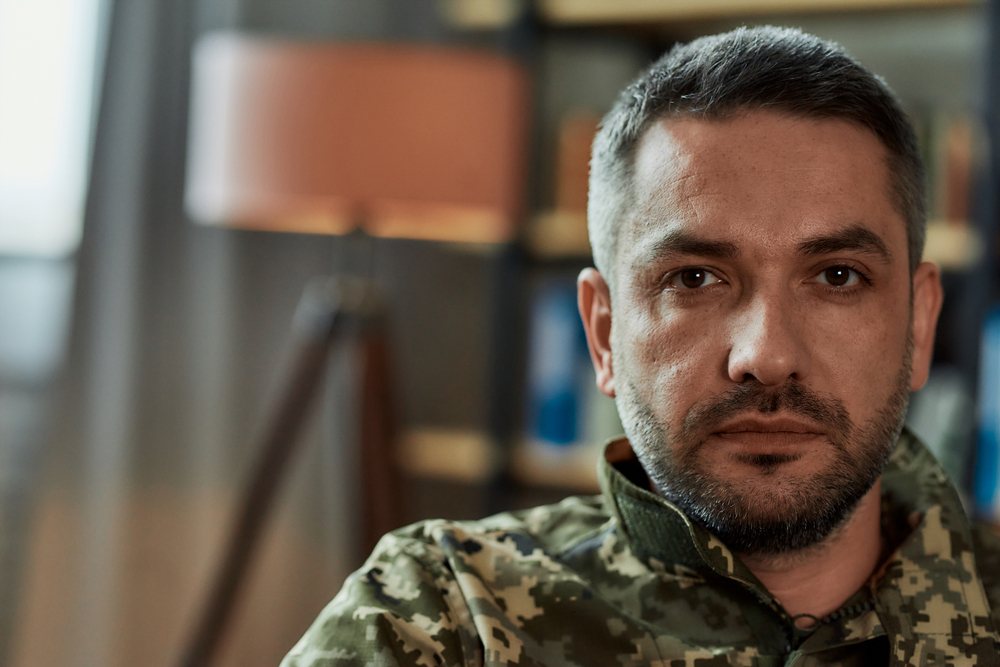People who survive traumatic events like natural disasters, sexual assault, car accidents and military service may temporarily struggle to cope, but they will eventually recover with time and self-care. However, if trauma has long-lasting effects on your life and interferes with your daily ability to function, you may have post-traumatic stress disorder – a mental health condition that can be severely disruptive.
Do You Have PTSD?
PTSD has many symptoms that can vary in severity with time and affect each person differently. The most common include:
- Nightmares and flashbacks
- Avoidance
- Hyperarousal
- Feelings of shame or guilt
- Irritability and outbursts of anger
- Emotional dysregulation
- Loss of interest in hobbies
What Is a PTSD Attack?
During a PTSD attack, symptoms like intrusive thoughts can intensify, forcing you to relive your trauma. You may experience extreme fear or a sense of dissociation. Like a panic attack, a PTSD attack can include acute physical symptoms like shaking, chest pain, shortness of breath, sweating and an elevated heart rate. While PTSD attacks are not life-threatening, the sudden onset and severity could make you fear that you are in physical danger.
A PTSD attack may not last long, but it can be difficult to get the overwhelming symptoms under control. You might feel stressed more often and rearrange your life to avoid having an attack in a public place. Daily fear and anxiety can adversely affect your relationships, mental health and overall well-being.
Grounding Techniques to Control a PTSD Attack
Reliving the traumatic event again and again can be terrifying, but familiarizing yourself with what these attacks feel and look like is the first step in overcoming them. Once you know the warning signs, you can learn to decrease their intensity before they spiral out of control.
During a PTSD attack, you may become dissociated and lose the connection between yourself and your surroundings, making it harder to return to the present. In this situation, grounding techniques can help you get a handle on yourself. Some methods to help you manage common symptoms of post-traumatic stress disorder include:
- List things you can observe with your five senses.
- Move around to disrupt your body’s stress response.
- Take slow, deep breaths into your abdomen.
- Repeat a mantra such as “I am safe” or “It’s going to be OK.”
California PTSD and Addiction Treatment
The effects of trauma can profoundly change your life and make you feel unsafe everywhere you go. Many people with this disorder turn to drugs and alcohol to numb themselves, which often leads to the development of a dual diagnosis. You don’t have to face these challenges alone. A therapist who specializes in trauma-informed care and addiction can help you learn healthier coping strategies for getting control of your life.
Whether you’ve recently received a PTSD diagnosis or have struggled for years, it’s never too late to seek help. Additionally, military veterans with co-occurring PTSD and substance use disorder can get the support and resources they need to heal at Hope by the Sea. We offer a comprehensive treatment program designed for your specific needs. We pride ourselves on taking care of our military heroes by providing high-quality programming for veterans and their families. We also accept TRICARE and TriWest. Contact us to learn more.

